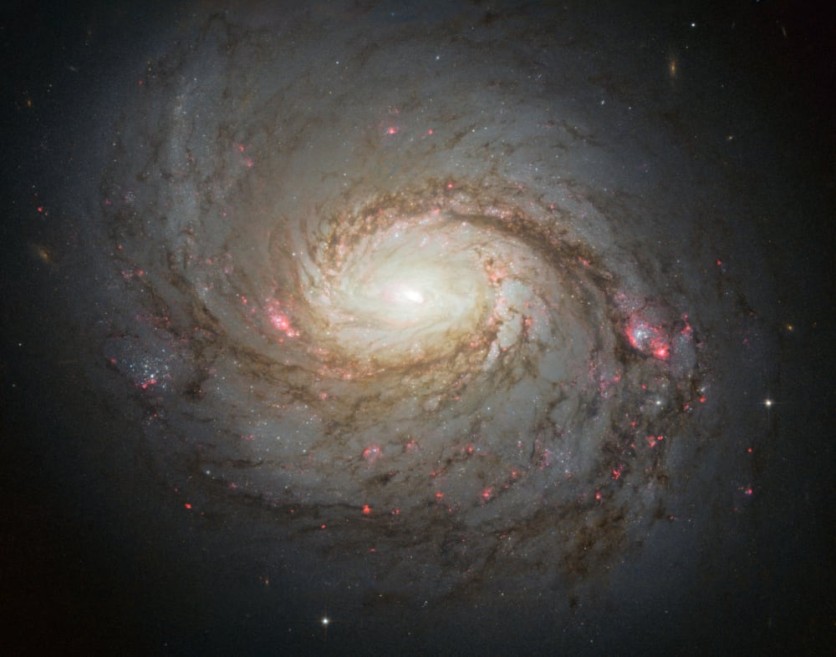Neutrino, otherwise known as "ghost particles," were spotted at the South Pole, and researchers were astounded by this discovery as they are hard to detect, despite their presence in space floating around us. The researchers suspect that it came from NGC 1068, a black hole in a galaxy that is 47 million light-years away from Earth.
Researchers think that this is a massive step toward knowing more about these ghost particles, especially as those are something that gave them a hard time detecting their presence.
Neutrino 'Ghost Particles' Detected in the South Pole

The IceCube Neutrino Observatory in South Pole's Antarctica, along with Francis Halzen from the University of Wisconsin-Madison, said that they detected 79 high-energy ghost particles or neutrinos from the area.
According to its press release, the international team of scientists and researchers in the IceCube saw a breakthrough as they were able to detect the neutrinos.
The high-energy neutrinos are hard to come by, especially with the current instruments, but on this occasion, the researchers were able to perceive that these are indeed the infamous ghost particles.
Read Also : NASA Detects Most Powerful Cosmic Gamma-Ray Burst, Signals the Beginning of a New Black Hole?
Researchers Believe It Came from a Black Hole
The IceCube team believes it came from a distant black hole called the NGC 1068, emanating the said neutrino from 47 million light-years away. The team published their findings via the Science journal and said that there are massive shreds of evidence regarding the neutrino's presence at the South Pole of the globe, with the black hole being its source.
Black Holes and Their Effect on the Universe
Research has made significant discoveries regarding black holes and their activities or presence in the universe, especially as there are massive phenomena surrounding the cosmic entity. In the Milky Way's backyard, there is a supermassive black hole called the Saggitarius A*, and researchers are trying to perceive what the hot gas swirling around it could mean.
It is a fact that a black hole is a massive vacuum that traps everything, even light, which is regarded as a fast entity in the universe, using the power of gravitational pull.
Another phenomenon behind a black hole is that it burps out materials from a star it devoured three years ago, something which challenges the idea behind the space anomaly. Researchers and astronomers were able to see evidence from the star's fragments, as it surrounds the black hole's area, instead of completely void of it.
This discovery at the South Pole is a potential breakthrough for neutrino astronomy, especially as it is something that gave researchers a challenge in detecting and understanding in the past. Furthermore, there is already one suspected source, which is the NGC 1068 black hole, an entity that is far away from the planet.
Related Article : Scientists Discover Never-Before-Seen Details Through Hot Plasma Surrounding a Mass Black Hole
This article is owned by TechTimes
Written by Isaiah Richard
ⓒ 2025 TECHTIMES.com All rights reserved. Do not reproduce without permission.




